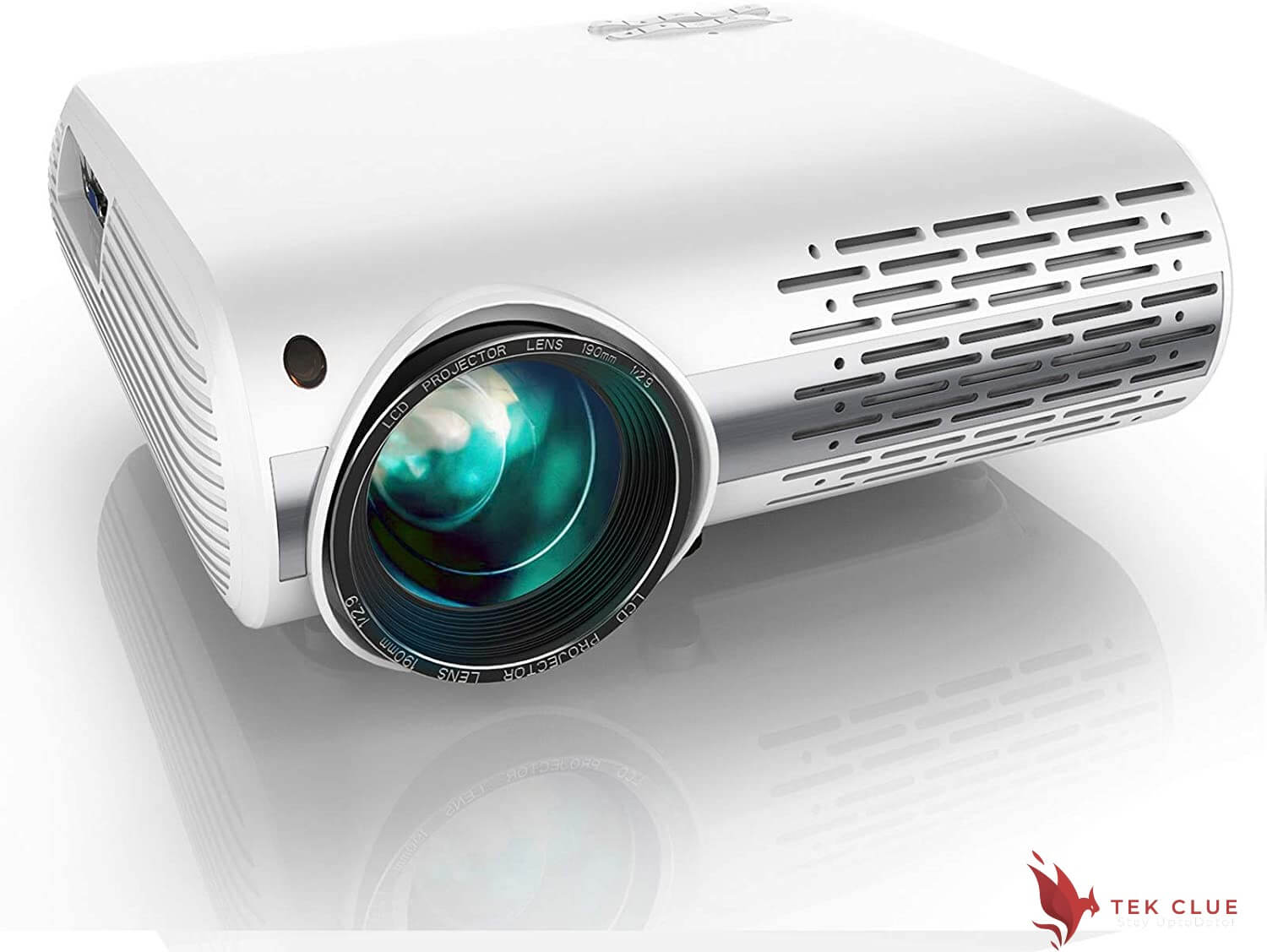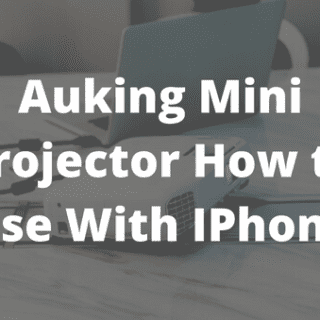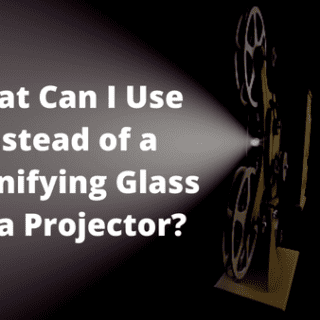In essence, projectors create an image by shining light onto a surface. Through a tiny transparent lens, the light is directed outward. Projectors can display colors as well as black and white. They also use color-producing technology to project colored images.
How does a projector project black onto a white screen? Despite being almost always present in images, black is not projected. In actuality, it is dependent on light deflection rather than reflection. The majority of us have probably, at some point, wondered how projectors project the color black. You can find the answers to that question in this article. We also go over which screen types project blacks more effectively.
Explained: Black Color Projection
Red, blue, and green light beams result from splitting the light from a projector lamp. There is occasionally white but never black. What exactly is the source of the black on your screen? This section clarifies it, though. The fact is that there is no such thing as black light—just a very faint white light or no light at all.
The projector deceives the eye into believing that black is visible. It reflects light from the black sections of the image away from the surrounding areas. Pixels in a projector can only be turned ON or OFF. They deflect any light that strikes them when they are in the off position. This results in the darkening of that portion of the image. As a result, the screen displays a grey or black color.
Have you ever noticed how projector rooms are always dark? Additionally, secondary (ambient) light is discouraged in theatres. This is due to the front projection method used by projectors to produce images. The strength of the beam that is pointed at the screen might be affected by secondary light. Darker surroundings or interiors bring out the lights falling on the screen. Additionally, it enhances the black colors and draws attention to the picture’s darker sections.
How Effective Against TV Black Is the Projector Black?
On huge displays, projectors provide excellent and attractive visuals. The public and huge audiences are their best uses. There is, however, one restriction. For more explicit images, projectors require minimal to no supplemental lighting. TVs have a modest edge due to this constraint.
Within the same price range, both TVs and projectors are available. It has been observed that TV panels’ brightness outperforms projectors in the same price range. They outperform projectors with features to reject ambient light. A projector can provide high-quality displays in light areas thanks to this feature.
Recommended Article: How Does a Projector Help Learners with Different Learning Styles?
TV panels operate as follows: they disable the pixels in the regions where black color is required. On TV panels, the pixels are always black. These inactive pixels don’t emit or reflect any light. As a result, they exhibit their natural black hue whether secondary lighting is present or not. However, with projectors, the intensity of other projected colors affects how well-defined the black color is. The projected image could become less clear in areas with intense ambient light. The black parts will also appear pale as a result of this.
Comparison of the Black and White Colors on the Black and White Projector Screens
Before the question was even posed, the conclusion of this part was already known. The light environment affects projection. It gives projected images a washed-out appearance. Black panels can block up to 80% to 85% of light. They can display clear images even in well-lit spaces thanks to this quality.
However, the white screen only rejects roughly 15% of light. Because of this, it is less suitable for projection in daylight or bright spaces. The quality of the images projected on a white screen can be significantly diminished by lighting, even from a bare room light bulb. Amazing sights can also be displayed on white screens. One needs to make the region darker.
The norm has long been white screens. They were the first to be created, are more affordable, and are still in use today. White screens are more popular since they show brighter images. Black displays, however, provide better contrast.
Guidelines for Projecting Black Color
Here are some things to try if you want your projected images to have better blacks:
- Reduce any contrasting secondary light that is already present. It is ideal if the projector lamp’s beam is the only illumination source in the space.
- Adjust the projector’s contrast and brightness levels to your preferred standard.
- Use a less reflective screen, like grey. It may aid in the better and clearer presentation of images.
- To acquire superior black color quality, utilize black screen material.
Conclusion
Projectors don’t emit black light. Instead, they cast dim or no light on parts of projected images that are supposed to be black. No matter how powerful the projection, lighting always impacts picture quality. The absence of light and the hue of projector screens are essential for producing good black. Black TV screens and projector screens both project black colors more accurately.
Related Article:
Why is My Projector Not Displaying?
How to Connect PS4 to Projector?
What are The Pros and Cons of a Curved Screen?












